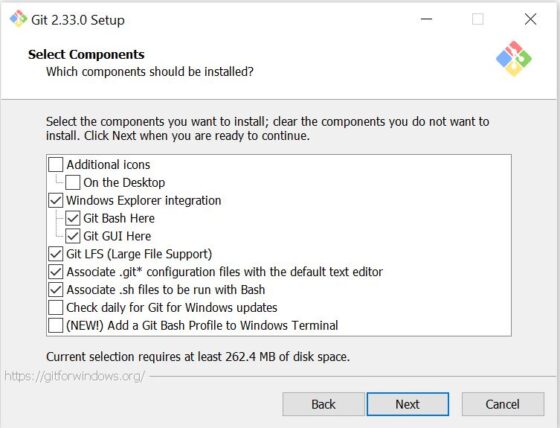
In addition to any caps, it’s important to take any additional hosting costs into account. In GitHub’s case, free usage is capped at 1GB per month for bandwidth and 1GB of storage. Bandwidth and storage are likely measured: Git LFS is a bandwidth and storage intensive service, and as such, there are likely charges associated with both when heavily utilizing it.


An alternative approach is the use of machine users, or separate user accounts that the SSH key can be used with.
GitHub deployment keys are not supported: SSH keys are handled in various ways within GitHub, and usage of LFS via deployment key is not currently supported. Some other notes should be taken into consideration: In order to use a Git LFS host with Unity Cloud Build, they must allow authorization for it via SSH. There are other services that also offer Git LFS support, however they do not currently support using LFS with SSH keys. Also, don’t forget to download our Git Commands Cheat Sheet for free to have the most commonly used commands always at your hand.GitHub is the source of the Git LFS project, and as such is the most prominent server implementation at this time. If the Git LFS client is not installed and configured correctly, you will not see the binary files committed through Git LFS when you clone your repo. You also learned configuration and basic Git commands, which will help you manage your projects more effectively.įor CentOS, Windows, or macOS systems, see our guide on installing Git on CentOS 7, installing git on Windows, and installing Git on MacOS. Every Git client used by your team must install the Git LFS client and understand its tracking configuration. Now you know how to install Git on your Ubuntu system. Create a new branch with the command: git branch first-branch. Download all changes from and merge into HEAD: git pull branch. Download all changes from a remote repository: git fetch. 
Delete a remote repository git remote remove.Add a new remote repository: git remote add.View information about a remote: git remote show.List all currently configured remotes: git remote -v.
 Rename a Local branch git branch -m new-name. Commit previously staged changes: git commit. Commit all local changes in tracked files: git commit -a. Change the last commit: git commit -amend. Add selected changes into your next commit: git add -p. Add all changes to your next commit: git add. Find changed files in the working directory: git status. This is a list of useful Git commands to help you get started: Note: If you do not make these edits, you will receive a warning when you commit to Git which makes you go back and revise your commits.
Rename a Local branch git branch -m new-name. Commit previously staged changes: git commit. Commit all local changes in tracked files: git commit -a. Change the last commit: git commit -amend. Add selected changes into your next commit: git add -p. Add all changes to your next commit: git add. Find changed files in the working directory: git status. This is a list of useful Git commands to help you get started: Note: If you do not make these edits, you will receive a warning when you commit to Git which makes you go back and revise your commits.








 0 kommentar(er)
0 kommentar(er)
